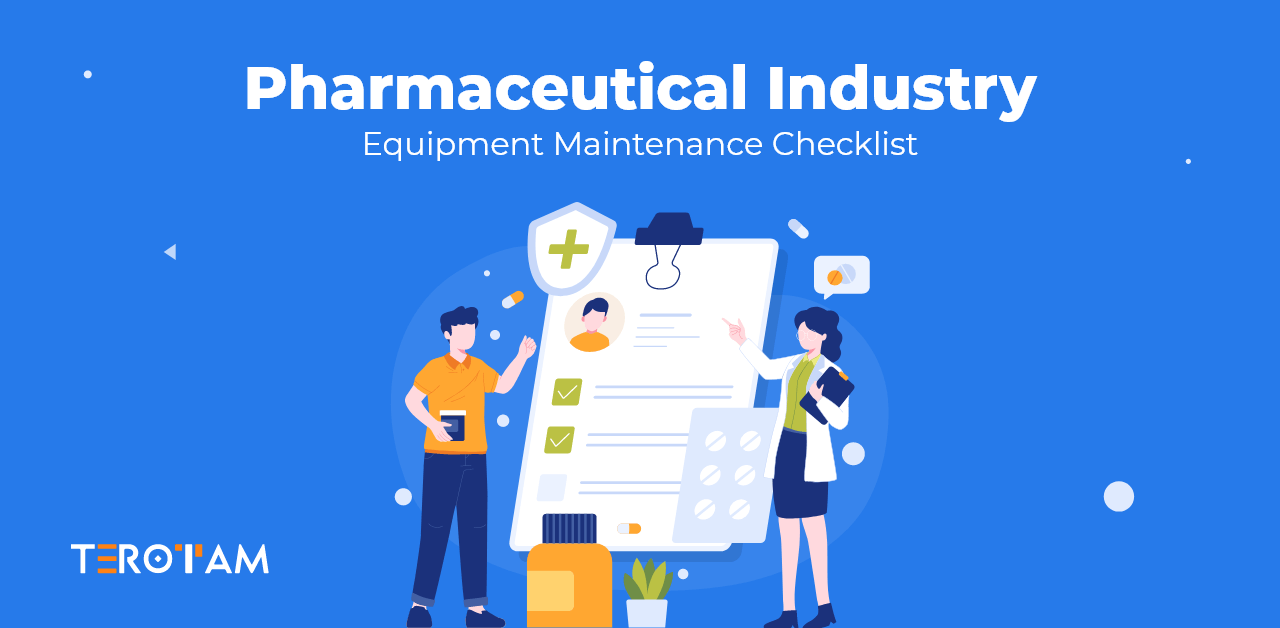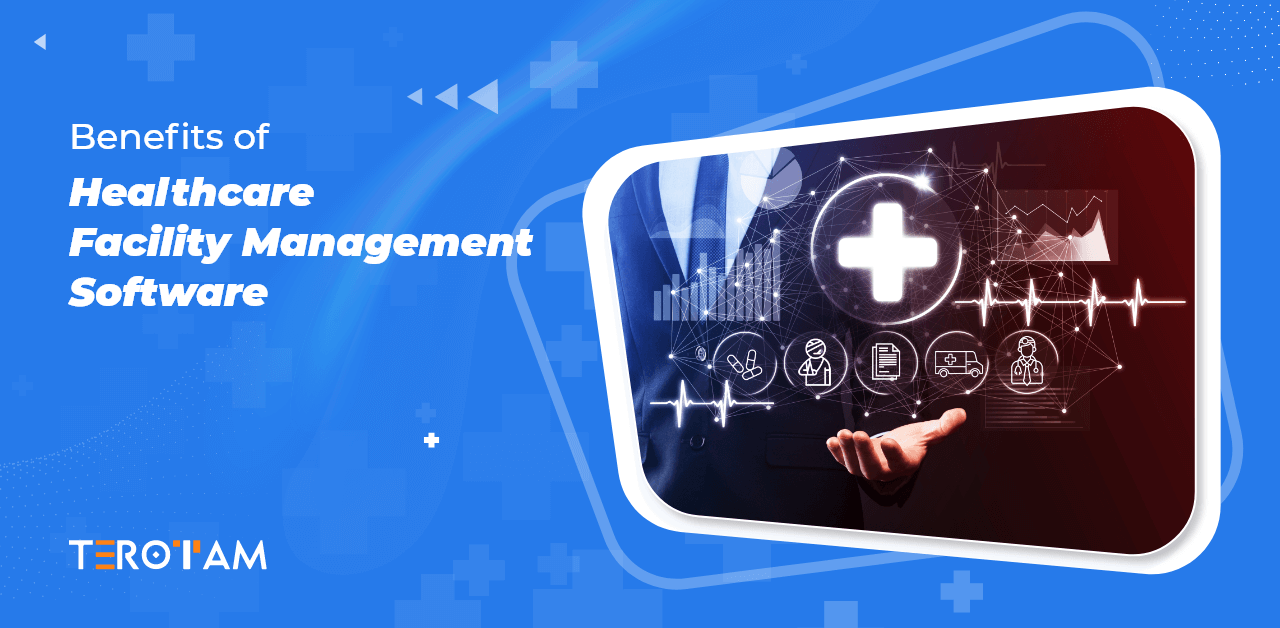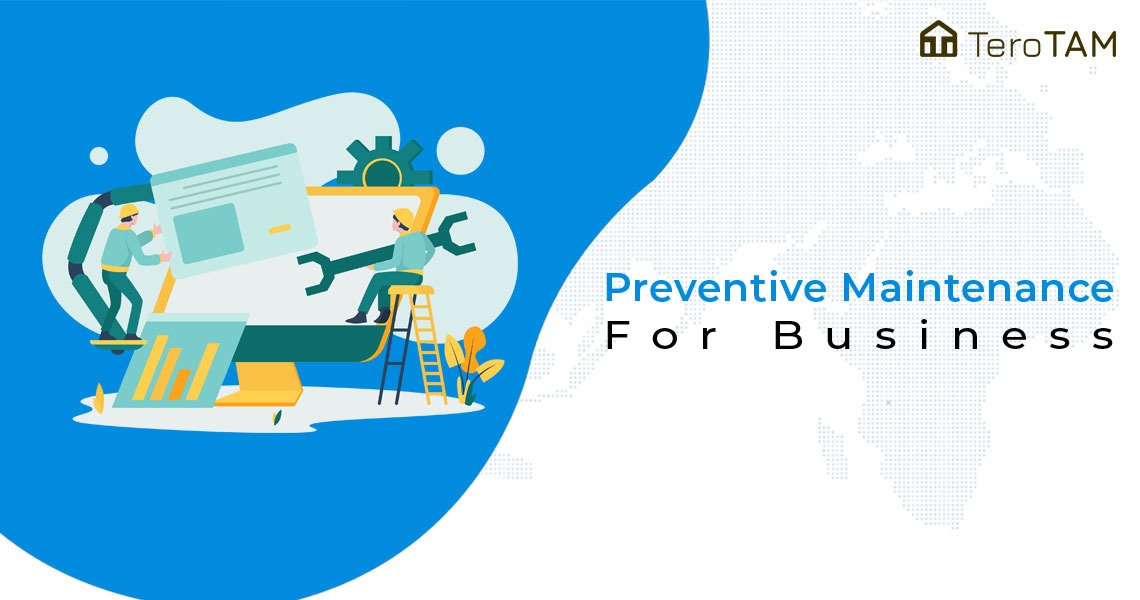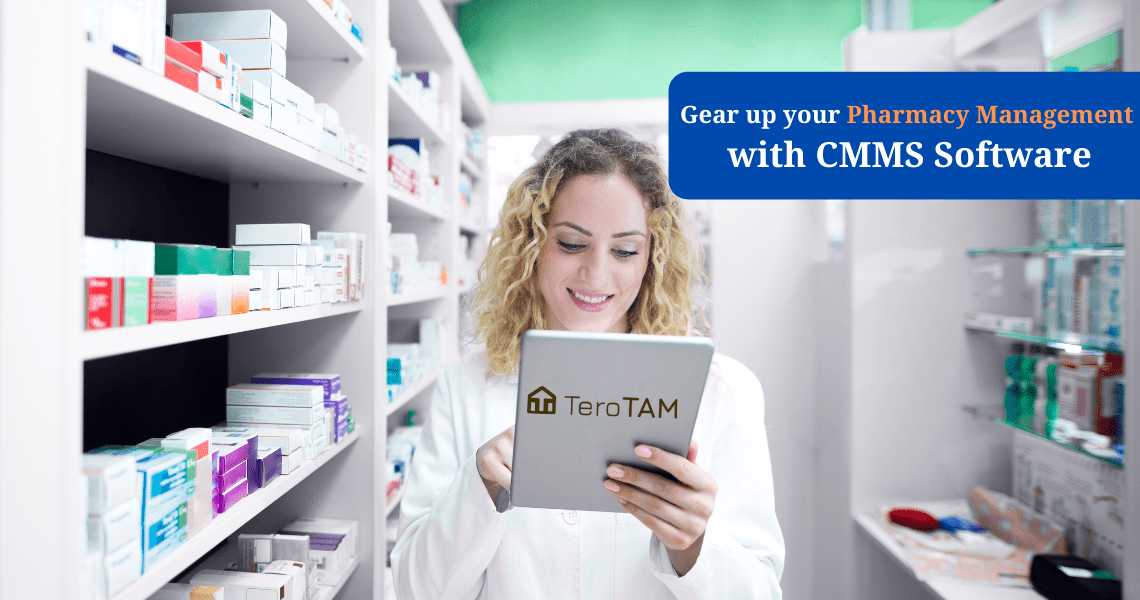A Pharmaceutical Equipment Maintenance Checklist is a document with a structure that lists the necessary maintenance tasks and activities to be done to keep pharmaceutical equipment performing at its best, ensuring reliability and safety. It provides routine inspections, including preventive maintenance, calibration, cleaning, and other essential activities that maintain the equipment’s working condition.
The typical Pharmaceutical Equipment Maintenance Checklist includes:
Equipment Identification:
All details that can identify any given equipment like its name, model number, serial number and location within the facility are found here.
Maintenance Tasks:
Regularly performed maintenance tasks such as daily, weekly, monthly, quarterly or annual ones are listed. These may involve visual checks which include wipe-downs or camera lens cleans; lubrication; calibration; testing for performance; or checking on safety features.
Frequency:
The frequency with which each maintenance task should occur. This allows for planned scheduling of maintenance operations so that the activities are not carried out after their due date has passed.
Detailed Instructions:
Clear and concise instructions on how the various checks could be performed including specific procedures or techniques required while considering tools and safety measures.
Documentation and Record-Keeping:
There is a space for noting down when the check was conducted, showing the date, what all jobs were done, observations made, and any correction action taken. This helps retain compliance with regulatory audits and serves as an audit trail for tracking equipment servicing history.
Check Boxes:
There should be check boxes beside each item indicating whether they are completed.
Additional Notes:
Additional notes should be added in this section such as observations, issues about equipment,suggestions made/needed follow-up actions towards ensuring safety.
Maintenance personnel need not worry about unexpected breakdowns since they can easily use an equipment maintenance checklist to meet these needs systematically and prevent problems from occurring by identifying them earlier. This will then lead to the stability, efficacy, and safety of their operations.
What kind of maintenance activities can be simplified with Pharmaceutical Equipment Maintenance checklist?
Different types of pharmaceutical equipment require various maintenance activities and these can all be streamlined by using a Pharmaceutical Equipment Maintenance Checklist, here are some main ones:
Routine Inspections:
The list may include specific inspection points that will streamline regular visual inspections for any signs of wear, damage or abnormalities. This will ensure inspections are done in an orderly manner and consistently across all the equipment.
Cleaning and Sanitization:
Cleaning agents, methods and frequencies applicable to each piece of equipment can be standardized and documented in the checklist. By doing so, this helps to maintain cleanliness as well as prevention of contamination in pharmaceutical manufacturing processes.
Calibration and Verification:
The checklist allows scheduling and tracking calibration as well as verification of equipment accuracy. It enables the equipment to operate within specified tolerances hence accurate and precise according to regulatory requirements.
Lubrication And Maintenance Of Moving Parts:
The checklist may outline lubrication schedules and procedures used that make certain moving parts are adequately lubricated thus minimizing friction/abrasion. In addition, it serves to lengthen lifespan for components while also preventing premature failure.
Performance Testing And Validation:
Test cycles can be run, data collected, results analyzed among other performance testing procedures aimed at verifying functionality as well as efficiency in operations related to equipment. Therefore ensuring it meets the terms of its performance specifications.
Safety Checks And Compliance:
Incorporating safety checks including compliance assessments on the checklists ensures that they conform to safety standards required by the government. That is evaluating whether safety features work properly i.e. risk assessment should they fail then providing remedies fast enough.
Preventive Maintenance Activities:
These may include replacing worn-out parts, adjusting settings, or carrying out minor repairs; preventive maintenance tasks are scheduled for future reference using a checklist. By taking such actions early enough potential problems are nipped in the bud before they become a major meltdown.
Documentation And Record-Keeping:
The checklist acts as a centralized tool for recording all maintenance activities including date, task performed and people involved. This documentation is useful in compliance based audits carried by regulatory authorities thereby permitting an analysis of trends in respect to maintenance and performance measurements.
Example of Pharmaceutical Equipment Maintenance Checklist
Here we are putting a simple example of an equipment checklist a pharmaceutical company can use for their routine and specific maintenance activities.
| Maintenance Aspect | Questions to Consider | Note | Attachment | Create Corrective Task |
| General Information | – Where is the equipment located within the facility? | [ ] | 📝 | [ ] |
| – Have you confirmed the location of the equipment? | [ ] | 📎 | [ ] | |
| – Is there any additional information to note regarding the equipment’s location? | ||||
| Location | – Is there anything notable about the location where the equipment is placed? | [ ] | 📝 | [ ] |
| – Have you attached any relevant documents or diagrams regarding the location? | 📎 | |||
| – Is there any corrective action needed regarding the equipment’s location? | [ ] | [ ] | ||
| – Date & Time: | ||||
| General Inspection | – What is the condition of the equipment? | [ ] | 📝 | [ ] |
| – Are there any visible signs of damage or wear? | [ ] | [ ] | ||
| – Are there any abnormalities observed during the inspection? | [ ] | [ ] | ||
| Fluid Levels | – Have you checked and topped off all necessary fluids? | [ ] | 📝 | [ ] |
| – Which fluids needed topping off? | [ ] | [ ] | ||
| – Are there any leaks or abnormalities with fluid levels? | [ ] | [ ] | ||
| Controls and Safety Devices | – Are all controls, switches, and buttons functioning properly? | [ ] | 📝 | [ ] |
| – Have all safety devices been inspected and verified for proper functioning? | [ ] | [ ] | ||
| – Are there any safety concerns or issues identified during the inspection? | [ ] | [ ] |
Strategies for Maintaining Pharmaceutical Equipment
Pharmaceutical firms require a planned maintenance checklist as well as the use of proactive maintenance strategies to enhance equipment performance and durability. These strategies are not only limited to routine tasks but rather entail an all-inclusive approach towards equipment management.
Predictive Maintenance:
- Use of advanced analytics and machine learning algorithms.
- Monitoring of key performance indicators (KPIs) like temperature, vibrations and energy consumed.
- Installation of predictive maintenance software systems.
- Integrating with current data sources such as SCADA systems and IoT devices.
- Construction of predictive models for different equipment types that focus on failure modes.
Condition Monitoring:
- Setting up sensors and IoT devices for collecting real-time data
- Constantly watch parameters such as temperatures, pressures, flow rates etc. in the equipment
- To install condition monitoring software platforms in companies’ network system
- Implementation of anomaly detection algorithms capable of revealing any variations from normal operations
- Efficiency forecast using predictive analytics based on condition monitoring
Reliability Centered Maintenance (RCM):
- Detection of critical components responsible for failure modes through Failure Mode Effects Analysis (FMEA)
- Consideration about various types of failures along with their consequences and probabilities
- Maintenance plans should be developed according to the risks taken by each component’s likelihood
- Preferentiality is given when RCM decision logic is used in prioritizing actions related to maintenance e.g. run-to-fail strategy, planned maintenance or predictive maintenance measures accordingly too.
- Capitalizing upon all levels within an organization i.e From frontline operators to managers involved in this process one can implement RCM principles.
Total Productive Maintenance (TPM):
- Educate operators on how best they can maintain pieces of equipment.
- Autonomous repair activity should involve such things as cleaning, oiling, simple inspection etc.
- Cross-functional TPM teams must be established aimed at promoting continuous improvement initiatives.
- Lean management techniques need to be combined with principles TPM gives rise to lean manufacturing methodologies application
- Measurement of overall equipment effectiveness (OEE) should be put in place to help track the progress.
Asset Management:
- Asset management strategy aligned with business objectives
- Pharmaceutical equipment lifecycle planning from procurement to disposal
- Use of inventory control and tracking systems as provided by asset management software packages
- Adoption of proactive maintenance strategies to extend equipment lifespan and maximize value.
- Meeting regulatory requirements for validation, calibration and documentation around equipment
Supplier Collaboration:
- Interacting with suppliers of the manufacturer’s equipment during training or technical support.
- Participation in supplier led repair programs focusing on reliability.
- Working together on design and specification for better maintainability and reliability of devices.
- Accessing their vendors’ useful information such as technical documentations, spare parts lists or troubleshooting guides.
- Implementing major recommendations made by suppliers including industry best practice into organizations maintenance processes.
Ending Note:
Having a well-defined pharmaceutical equipment maintenance checklist streamlines the process and ensures that every maintenance activity is carried out according to company policies and SOPs and aligned with industry standards. It will help you stay compliant and ready for the audit trail.
Do you want to know more about how a pharmaceutical equipment checklist can be helpful and how you can manage easily with TeroTAM CMMS software? – Call us now or write us back at contact@terotam.com








